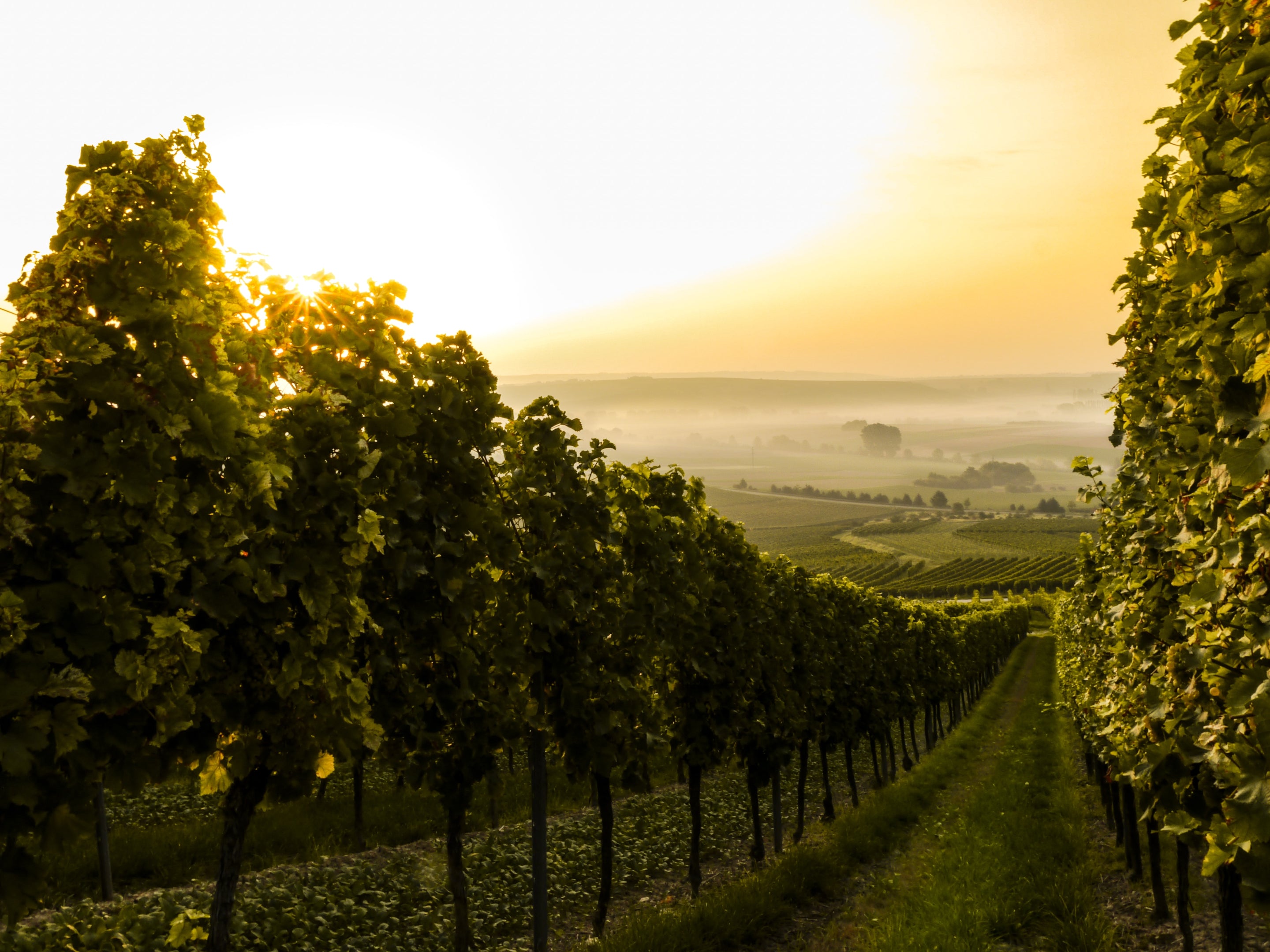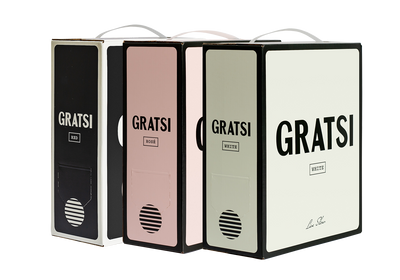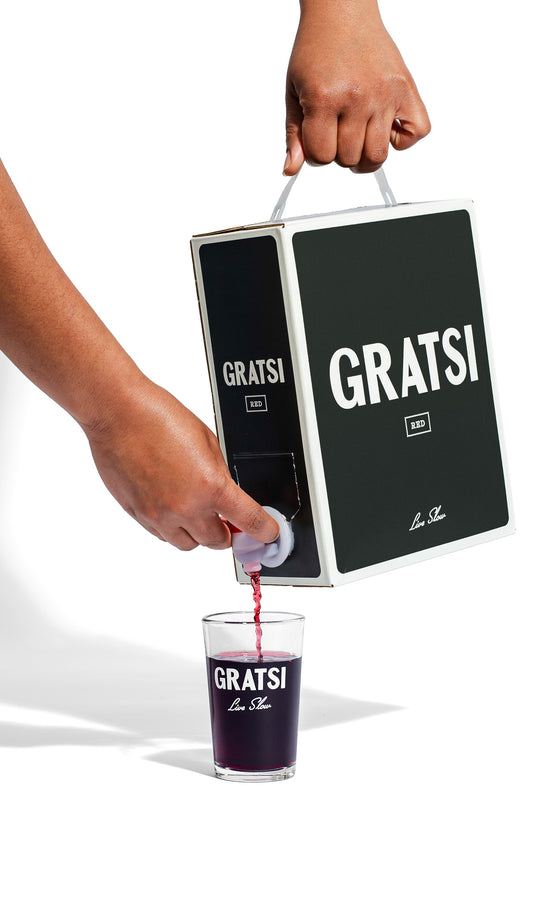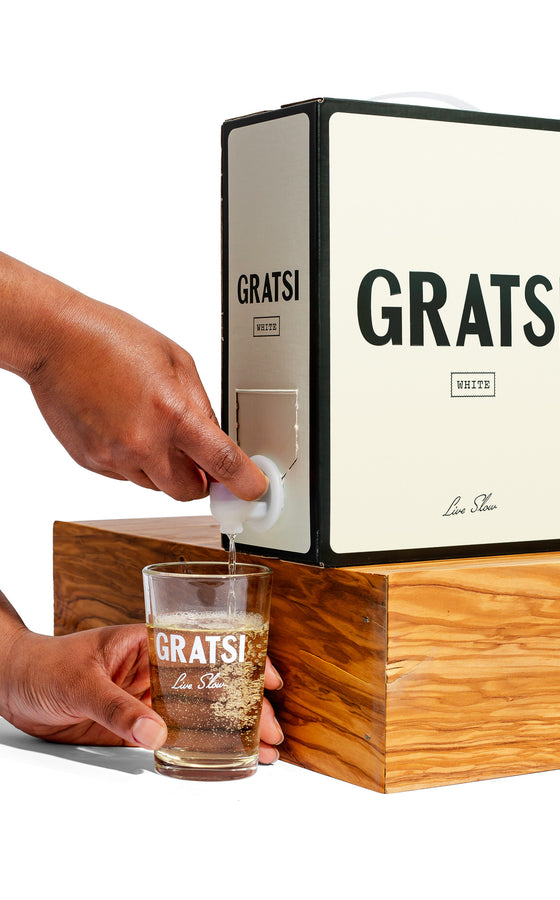How to Keep Wine Fresh

The Complete Guide
How to Keep Wine Fresh
By A M
June 18, 2021
Drinking wine is one of life’s greatest pleasures, but nothing disrupts a great meal or relaxing evening quite like a stale, foul tasting glass of wine. We’ve put together this complete guide to keeping your wine fresh and delicious to help you avoid just such a situation, and you’ll be able to enjoy the taste and texture of your favorite red or white wine down to the last drop.
In this guide we’ll act as your personal sommelier and provide you with recommendations for keeping your wine fresh. We’ll be covering topics including:
- Why wine turns bad after opening
- Tips for keeping your wine fresh for longer
- How long can wine stay fresh after opening
- What to do with old, sour wine
- Types of wine that stays fresh the longest
Before diving into these details, we’ll look at the #1 most effective, easiest, and cheapest way to keep your wine fresh for days and weeks after opening: Avoid outdated glass & cork containers for wine you don’t intend to finish in a single sitting.
For those who drink wine a few days a week, traditional glass bottles with a cork stopper will always degrade in quality after opening. Instead of saving half-empty bottles for days at a time, the best option is to switch to a better package. This is where Gratsi shines - our Gratsi Red and Gratsi White wines are delivered to your door in an eco-friendly box that lasts for up to 30 days after opening. Perfect for the wine drinker who doesn’t want to drink stale wine or feel obligated to finish a bottle in a single sitting.
Try out a box of Gratsi Wine (1 box = 4 bottles), shipped to you and designed to stay fresh longer. Order now and get a free set of bacaro wine glasses and Gratsi’s own playing cards!
Why Wine Goes Bad After Opening
Without getting too technical, the reason wine goes bad comes down to one thing: oxygen.
According to GuildSomm, an international organization of wine professionals, carefully controlling oxygen levels during fermentation is critical to making great wines. “Pumping over and punching down are the two primary ways to keep caps wet, circulate wine, and introduce oxygen during red wine fermentation. Pumpovers occur when a wine is pumped from the bottom of a tank to the top.”
Despite needing oxygen during fermentation, after the wine is made and packaged oxygen becomes “the enemy of wine” and over-exposure to oxygen results in sour, poor tasting wines. Red and white wine vinegars are made by exposing red and white wine to oxygen - so if you want to avoid drinking vinegar, don’t expose your opened wine to too much oxygen.
One of the main reasons boxed wine is exploding in popularity in Europe is that the packaging keeps oxygen out of a wine container, even after opening it. Because oxygen is prevented from entering Gratsi Wine, you can keep your red wine on the kitchen counter at room temperature and be confident it will taste great for days and weeks after opening, just like it did the very first day.
Top 7 Tips for Keeping Bottled Wine Fresh Longer
7) Keep your wine corked while drinking it. Unless you are fairly certain you’ll be drinking the full bottle in a single sitting, put the cork back in the bottle while you and your loved ones are enjoying a glass. Corks often fit easiest backwards into an open bottle top after opening.
6) Avoid storing the half empty bottle on its side. By storing it upright, the surface area of wine to oxygen is reduced.
5) Pour the remaining wine into half-size bottles. Smaller bottles will result in a lower amount of oxygen that can fit in the bottle.
4) Store your open wine in the refrigerator. The darkness and cool temperature will slow down the process of oxidation and keep both white and red wine fresh longer. Keep in mind the cold of a normal refrigerator probably isn’t recommended for long term storage of wine that hasn’t been opened yet.
3) Vacuum pumps can be a good way of removing oxygen from a bottle, resulting in a longer lasting shelf life for a half empty bottle of wine.
2) Inert gas preservation systems replace oxygen in bottles with an inert gas like Argon or Nitrogen. By pumping in a different gas, the oxygen is forced out of the bottle.
1) If these methods seem complicated and cumbersome, often requiring specialized devices or equipment, we agree! The single best tip for keeping your bottled wine fresh is to move away from glass bottles completely with Gratsi Wine.
Put away the special equipment and processes. Gratsi boxed wine stays delicious, with no special devices or process required. Try Gratsi now!
How Long Can Wine Stay Fresh After Opening?
The length of time that wine stays fresh depends on the type of wine, the storage method used, and the general environment. Most wines stored in the original glass bottle, after re-corking and refrigerating, can last for 3-5 days but will noticeably degrade in taste and quality during that time.
Often it can be difficult to know if your wine has gone bad in the days after opening a bottle. One of the best ways to check if an opened bottle of wine has turned bad is checking the color. Red wines will often turn brown, and white wines will often turn yellow. It won’t hurt you to do a taste test on wine that is a few days past its prime. If the wine is starting to taste like vinegar, your best bet is to avoid drinking the rest of it!
What To Do With Wine That Has Gone Bad
Most people throw away their bottles of wine when it's obviously started to turn bad. There are other options though! If you cook often, you can use your days old refrigerated and sealed wine in many recipes that call for wine. Recipes like stews or pasta sauces that cook for a long time can help to burn off the bad flavor and leave a delicious enhancement to your dish.
You can even turn your old wine into vinegar (for cooking) if you want. Simply combine raw vinegar with your old wine, in a clean jar, and leave in your pantry for about a month. After that, you’ll have delicious vinegar to cook with!
Different Wines Stay Fresh Longer
Among bottled wines, there is variation in types of wines and how quickly they oxidize after being opened.
The types of bottled wines that go bad fastest include:
- Organic wine and sulfite-free wine, as it is more delicate
- Light-colored red wines like Zinfandel or Grenache
- Pinot noirs
- Old wines, older than 8-10 years
Some of the bottled wines that last the longest include:
- Light whites like a Pinot Grigio or Sauvignon Blanc
- Newer wines
Even in the best scenarios, bottled wine normally goes bad a few days to a week after opening. Some older wines can even go bad within just a few hours! To prevent wine from going bad, the best option is to only open bottles of wine if you and your group are planning to drink the whole bottle. For times when you just want a glass or two, the best option is to choose wines that aren’t packaged in legacy glass and cork bottles.
Gratsi Red and White wines stay fresh and delicious for around 30 days after opening without any special methods or equipment required. Gratsi is the perfect solution to stale, sour wine. Try Gratsi today!





